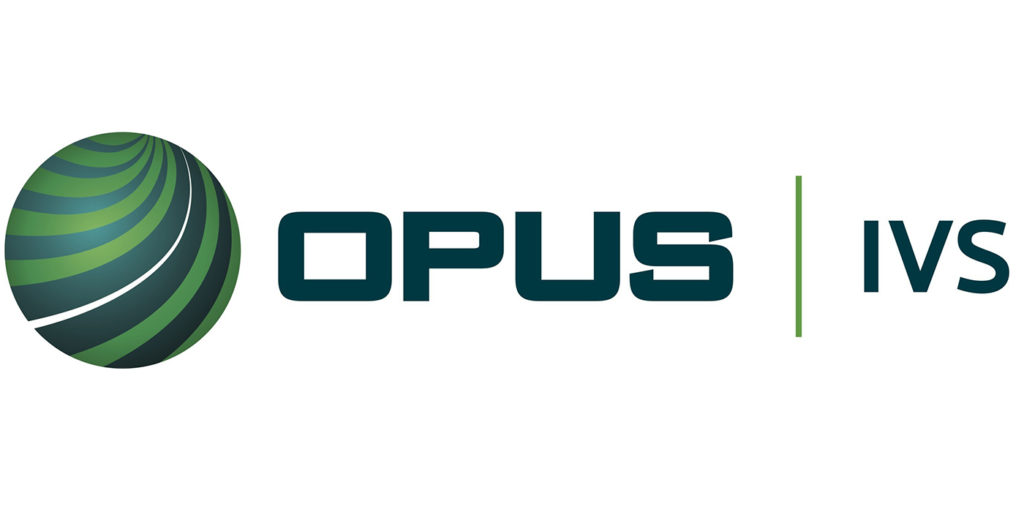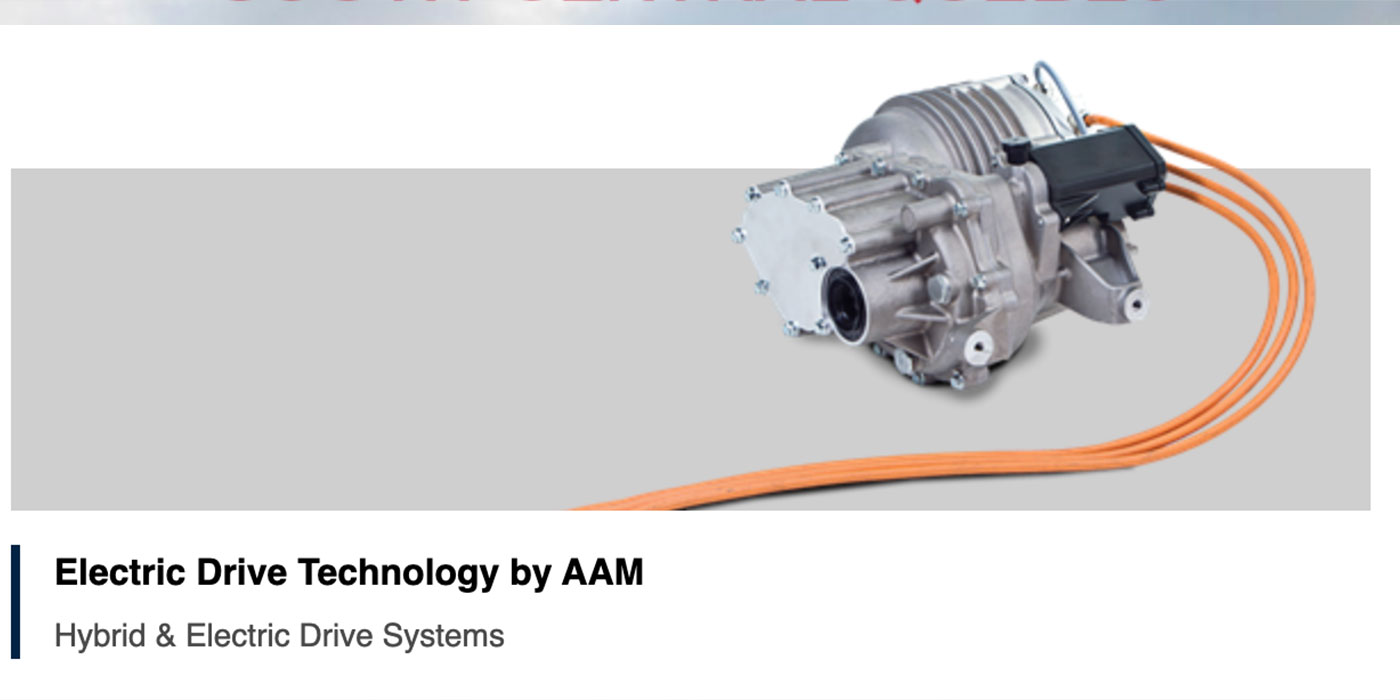AMN Perspectives by Thomas Group: Experience at Work
Posted: Aug. 31, 2004, 9 a.m., EST
by John Steidl, Thomas Group consultant and David Demers, president of Avicon
IRVING, TX — What is the genetic structure of a successful supply chain? This week we want to dig a little deeper into the major elements that make a supply chain competitive.
DNA Building Blocks
What distinguishes the new operating model we’ve been discussing in recent weeks is a set of clear strategies and differentiating capabilities that separate leaders from their competitors. The sample reference model shown in Exhibits 2 through 5 offers a closer look at the DNA building blocks that form the DNA solution patterns. Originally designed to show a company in the technology industry, the sample DNA depicted in the exhibits is highly applicable-with minor revisions-to automotive suppliers. The new, composite view is supported by expert opinions from Stanford University’s Graduate School of Business and MIT’s Leaders for Manufacturing program as well as by our first-hand experience with industry leaders. It is helpful to examine the key characteristics of the important DNA building blocks in each PICO quadrant for this sample reference model.
Process DNA
Supply chain leaders invest in innovative ways to respond to demand in real time without relying on static inventories. They ensure tight integration of process steps from early participation in new product design, rapid conversion of materials to finished goods, collaborative supply chain planning, and flow-through logistics that reduces the reliance on traditional, non-value adding warehousing activities. (See Exhibit 2.) Most companies have made efforts at process improvement within their own enterprise. This is no longer enough. The fundamental theme here is process integration across multiple enterprises.
Exhibit 2

Information DNA
Leaders invest in tools and resources to integrate internal and external trading partners. The technology architecture then leverages those capabilities to provide visibility and execution management across the extended enterprise. The new capabilities increasingly allow virtual supply chains to operate as though they were vertically integrated companies. (See Exhibit 3.) Again, the theme is integration of technology architectures across the entire value chain.
Exhibit 3

Cash DNA
Leaders invest in alternative cash-engineering opportunities. Key activities here can include the following: using financial service providers like GE Capital to assist in financing working capital; carefully defining core and critical competencies and outsourcing strategies; enabling real-time flexibility to understand costs; and managing pricing as a lever to balance the variance of supply chain operations over time. Finally, the leaders seek to gain a better understanding of performance and execution management by utilizing effective score carding strategies. (See Exhibit 4.)
Exhibit 4

Organizational DNA
Leaders invest in new organizational capabilities to manage the integrated operating system. A core competency here is the ability to build collaboration at all levels, both inside and outside the organization. Management also can enable a culture that thrives on continuous business innovation. Alignment of rewards and operational incentives within and across organizations is a fundamental competency associated with this dimension. Lastly, leaders invest in the capabilities needed to transform the internal organization so that it can successfully manage across partner organizations inside and outside the company on a global basis. (See Exhibit 5.)
Exhibit 5

The composite set of DNA building blocks found in the reference model form a tool kit for the practitioner. It’s important to recognize that the building blocks vary across industries. For example, build to order is a key DNA building block of successful supply chains for many technology original equipment manufacturers (OEMs), but it does not play a significant role in the retail or consumer packaged goods industries. Accordingly, a critical design step in selecting DNA building blocks is to understand fully the company’s competitive vulnerabilities as well as the ability of its internal and external partners to implement change effectively. Once these building blocks have been selected, they are implemented based on their configuration sequence. This configuration sequence constitutes a unique DNA solution pattern.
DNA solution patterns are interdependent DNA building blocks that are deployed in a particular sequence. Correctly deployed, these patterns result in the integrated operating system and drive systemic performance improvement by making the whole supply chain more agile, less asset-intensive, and more responsive to customer demand. For example, within the process dimension, one key strategy is fast-response and lean manufacturing, which requires the coordination of just-in-time (JIT)/kanban capabilities, setup reduction, vendor-managed inventory (VMI), build-to-order capabilities, and having fewer saleable items. To be successful, the strategy also requires near real-time integration in the information dimension and appropriate risk-management contracts with suppliers in the cash dimension. Finally, no initiative can be successful without the appropriate organizational alignment and change management.
A key question at this point is what benefits can companies derive from the integrated operating system model. In our next installment, we’ll discuss how the integrated operating system allows companies to optimize breakthrough performance across three key business values.
For additional information, visit www.thomasgroup.com .
_______________________________________
Click here to view the rest of today’s headlines.
“AMN Perspectives by Thomas Group: Experience at Work” is written and sponsored by Thomas Group. The opinions expressed in “AMN Perspectives by Thomas Group: Experience at Work” articles appearing on aftermarketNews.com do not necessarily reflect the opinions of AMN or Babcox Publications.













